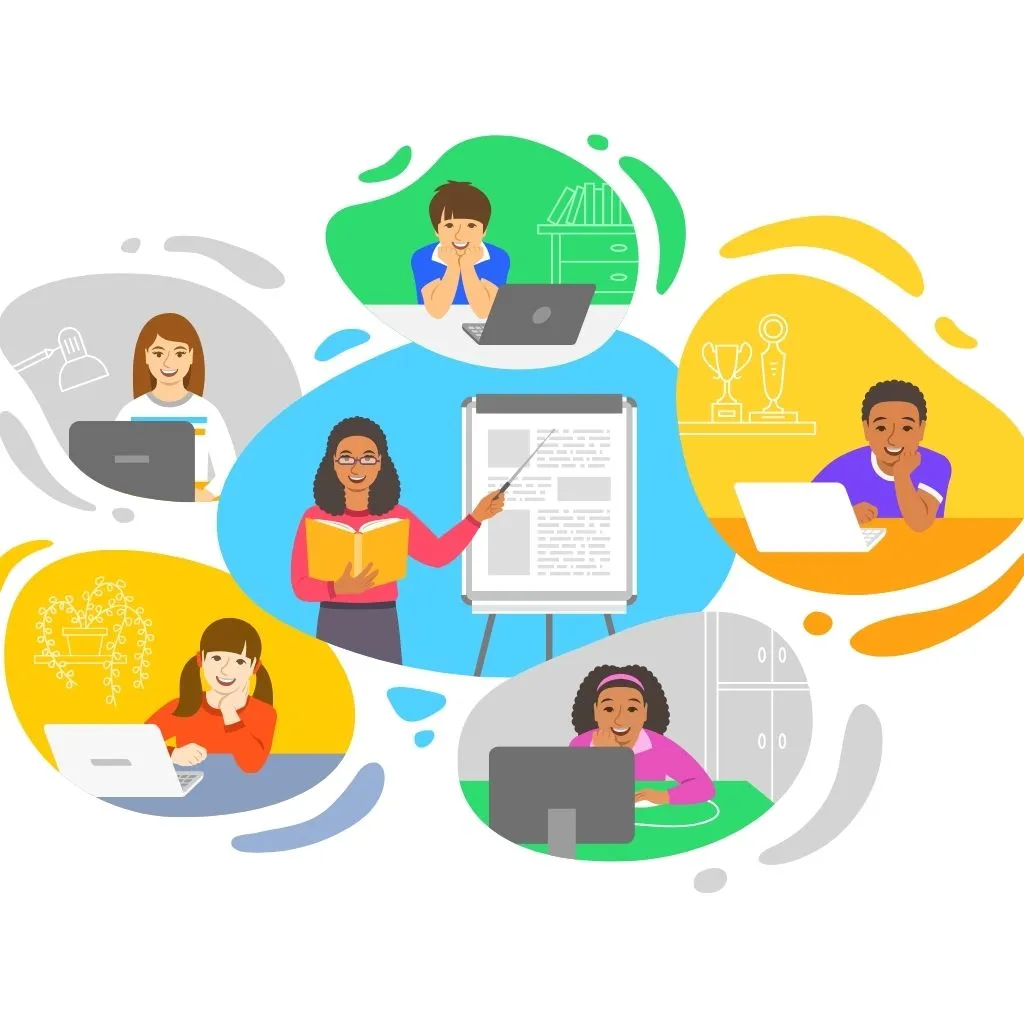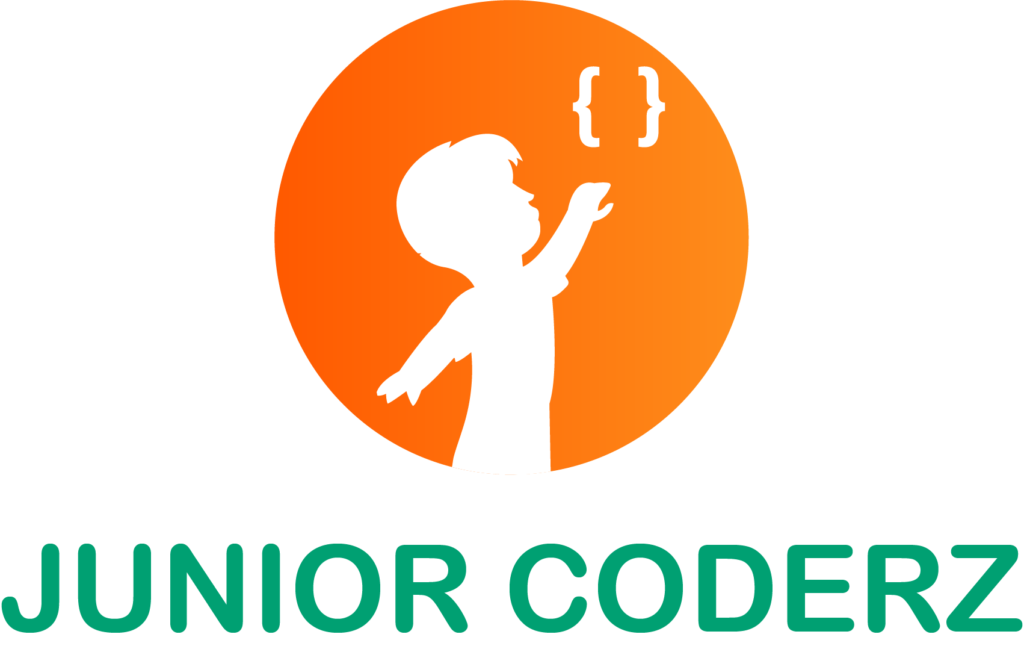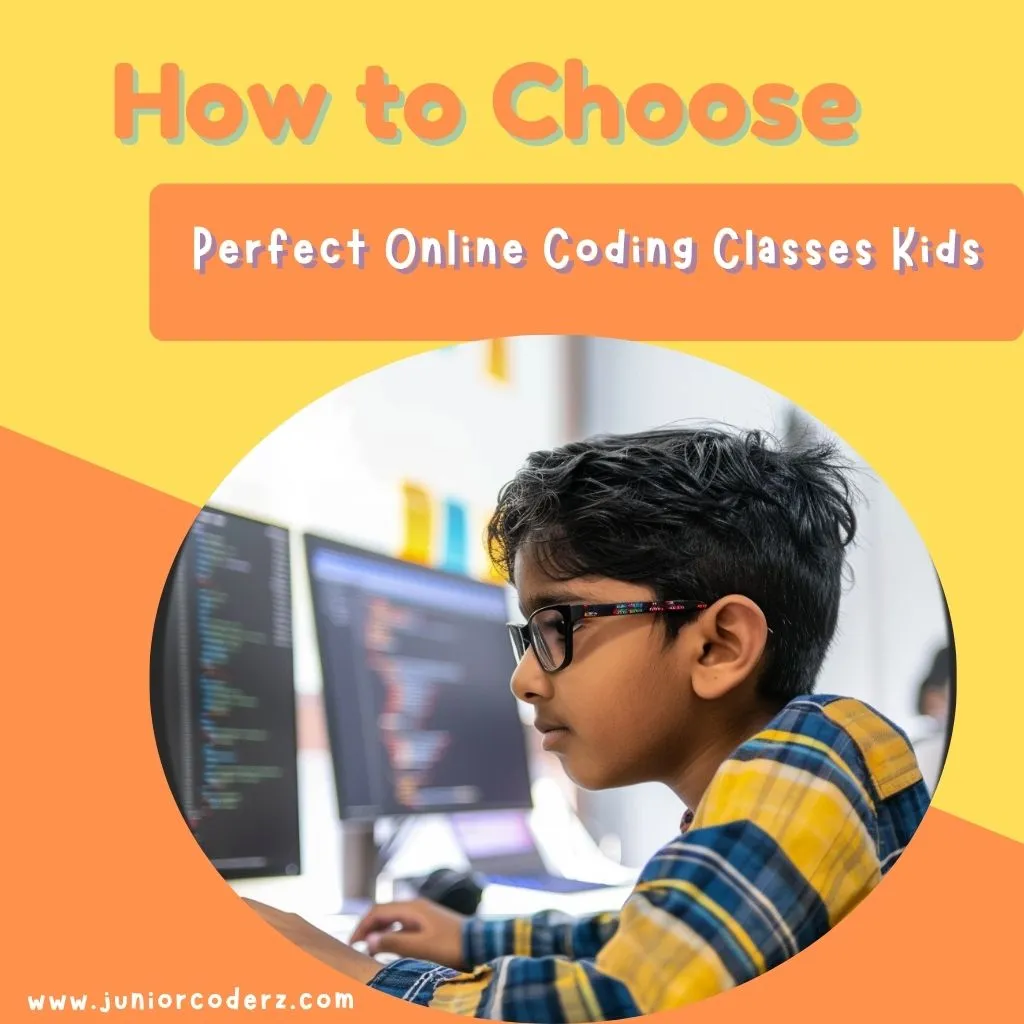Set the Stage for Your Child’s Tech Journey
In a world where technology touches every part of our lives from smartphones and social media to smart homes and artificial intelligence our children are growing up in a digital-first era. But what if they could move from being passive consumers of technology to active creators? That’s the power of online coding classes for kids. These aren’t just extracurricular activities—they’re pathways to developing creativity, problem-solving skills, logical thinking, and even future career readiness. As a parent, giving your child early exposure to programming can unlock doors to STEM education and innovation that will benefit them for a lifetime.
But here’s the challenge: with so many platforms, languages, and learning formats available today, how do you know which kids coding program is the right fit? Should your 8-year-old start with Scratch or Python? What’s the best age to begin coding? Are group classes more effective than one-on-one lessons? This guide will answer all your questions and walk you through everything you need to know about how to choose coding class for kids backed by expert insights, educational best practices, and real parent experiences. Ready to make a smart, confident choice for your child’s future? Let’s explore.
Coding for Kids by Age: Matching Learning to Development
Every child develops at their own pace but when it comes to coding, choosing a class that aligns with your child’s age and cognitive development is crucial. Here’s how to approach coding for kids by age, step by step:
Ages 5–7: Spark Curiosity with Playful Learning
At this age, children are naturally curious, imaginative, and visual learners. They thrive in playful environments that combine storytelling, colorful visuals, and intuitive interactions. The best coding courses for kids in this group focus on drag-and-drop platforms like ScratchJr and Kodable, where kids learn the logic behind programming without typing a single line of code. Think of it as learning the ABCs of coding in a fun, pressure-free environment. These early experiences build confidence and foster a love for digital creation that can last a lifetime.
Ages 8–10: Nurturing Creativity and Logic
Kids in this age range are ready to move beyond play and begin thinking more logically. They can handle complex cause-and-effect relationships and love seeing the results of their actions like building a game or animating a story. Platforms like Scratch, Minecraft modding, and Tynker offer perfect entry points. These tools balance fun with educational rigor, helping kids develop sequencing, loops, and conditionals all the foundational skills of computer science. Look for programming classes for kids that involve challenges, rewards, and collaborative projects to keep them engaged.
Ages 11–13: Transition to Real Coding Languages
As children enter their pre-teen years, their ability to grasp abstract concepts strengthens. This is the ideal time to introduce them to text-based programming languages such as Python, JavaScript, or HTML/CSS. These languages offer real-world relevance and practical applications from building websites to creating games and apps. The best online coding classes for kids at this stage focus on applying logic to solve real-world problems. Look for platforms that use gamified learning, capstone projects, and real-time feedback to reinforce coding confidence.
Ages 14–18: Shaping Future Innovators
Teenagers are ready to go deep. They can handle complex programming structures, algorithms, and even start exploring machine learning, AI, Java, or C++. Many high school students at this stage are already considering careers in technology, game design, app development, or data science. Choose kids coding programs that offer advanced paths, industry-level certifications, or opportunities to build real portfolios. Some platforms even connect students to competitions, internships, or university-level resources.
Key Factors to Consider When Choosing a Coding Class

1. Curriculum Quality and Learning Path
Always check if the course follows a progressive curriculum. A good coding course for kids should start with foundational logic and evolve toward more advanced topics over time. It should be structured in a way that transitions your child smoothly from block-based to text-based languages. The best platforms offer clear roadmaps with defined outcomes, badges, and skill levels. At JuniorCoderz, we structure each program to match age, skill, and interest—building coding fluency gradually.
2. Instructor Experience and Student Interaction
Not all instructors are created equal. Live instruction from certified, passionate educators is far more effective than pre-recorded video lessons. One-on-one mentorship, personalized feedback, and the ability to ask questions in real-time can make a huge difference. Look for online coding classes for kids that promote human interaction, emotional connection, and encouragement especially for younger or shy learners.
3. Learning Format: Group vs. 1-on-1
Your child’s personality should guide this choice. Some children thrive in small group settings with peer interaction, while others benefit from the focus and pace of personalized instruction. Group classes are more affordable and promote collaboration; 1-on-1 sessions are tailored and offer flexibility. The best coding classes for kids allow you to choose or even mix both formats depending on your goals.
4. Hands-On, Project-Based Learning
Children learn best by doing. A quality program must involve real coding projects whether it’s developing a game, building a website, or coding a robot. These tangible outcomes reinforce learning, boost motivation, and give your child something to showcase. If the platform doesn’t offer projects or only teaches through theory, it’s time to look elsewhere.
5. Engagement, Feedback, and Progress Tracking
Look for platforms with interactive elements like badges, quizzes, creative challenges, and leaderboards. Parental progress dashboards are also a plus. A good kids coding program keeps your child engaged through reward systems, encourages creativity, and gives parents a window into their child’s development.
How to Choose Coding Class for Kids: 8-Point Parent Checklist
- Is the program designed for my child’s age group and learning style?
- Is the coding language appropriate for their current level?
- Does the platform offer demo or trial classes?
- Are instructors certified and trained to work with children?
- Is there a clear progression from beginner to advanced topics?
- Will my child be building projects or just following instructions?
- Is there a way for me to track my child’s learning progress?
- Does the program make learning fun, interactive, and motivating?
Choosing the right program doesn’t mean choosing the most expensive, it means choosing the one that fits your child right now while allowing room to grow.
Real Parent Stories That Inspire
“We tried two platforms before we landed on JuniorCoderz. The personalized approach, the creativity in the lessons, and the friendly mentors made a huge difference for my 8-year-old son, who now codes his own games!”
— Ayesha R., Lahore, Pakistan
“My daughter had zero interest in coding until we enrolled her in a JuniorCoderz trial class. She’s now building a website about cats! She’s confident, curious, and proud of her skills.”
— Sarah K., Islamabad
Why JuniorCoderz is the Ideal Choice for Your Child
At JuniorCoderz, we understand that every child is unique and so should be their learning journey. Our online coding classes for kids are crafted to inspire young minds, whether they’re exploring their first Scratch game or diving deep into Python logic. We don’t just teach kids to code, we empower them to think, create, and thrive in a digital world.
With certified teachers, flexible schedules, age-based levels, and engaging project-based modules, we ensure your child gets the best start in tech. Most importantly, we offer free trial classes so you can test the waters before making a commitment.
Book a FREE trial today and let your child discover the joy of coding!
FAQs
Q. What age should my child start coding?
Most children can begin as early as age 5 with block-based platforms like ScratchJr. Kids 8 and above can gradually move to more structured programming.
Q. Are online coding classes for kids better than offline ones?
Both can be effective. Online classes offer convenience, flexibility, and access to top instructors without location limits.
Q. Which language is best for beginners?
Scratch is ideal for beginners under 10. Python is great for ages 10+ due to its simplicity and real-world use.
Q. Can my child take a class without prior tech experience?
Absolutely. Good programs are designed to start from zero and build confidence gradually.
Q. How do I know if the course is effective?
Check for progress tracking, student feedback, parent dashboards, and visible project outcomes.

